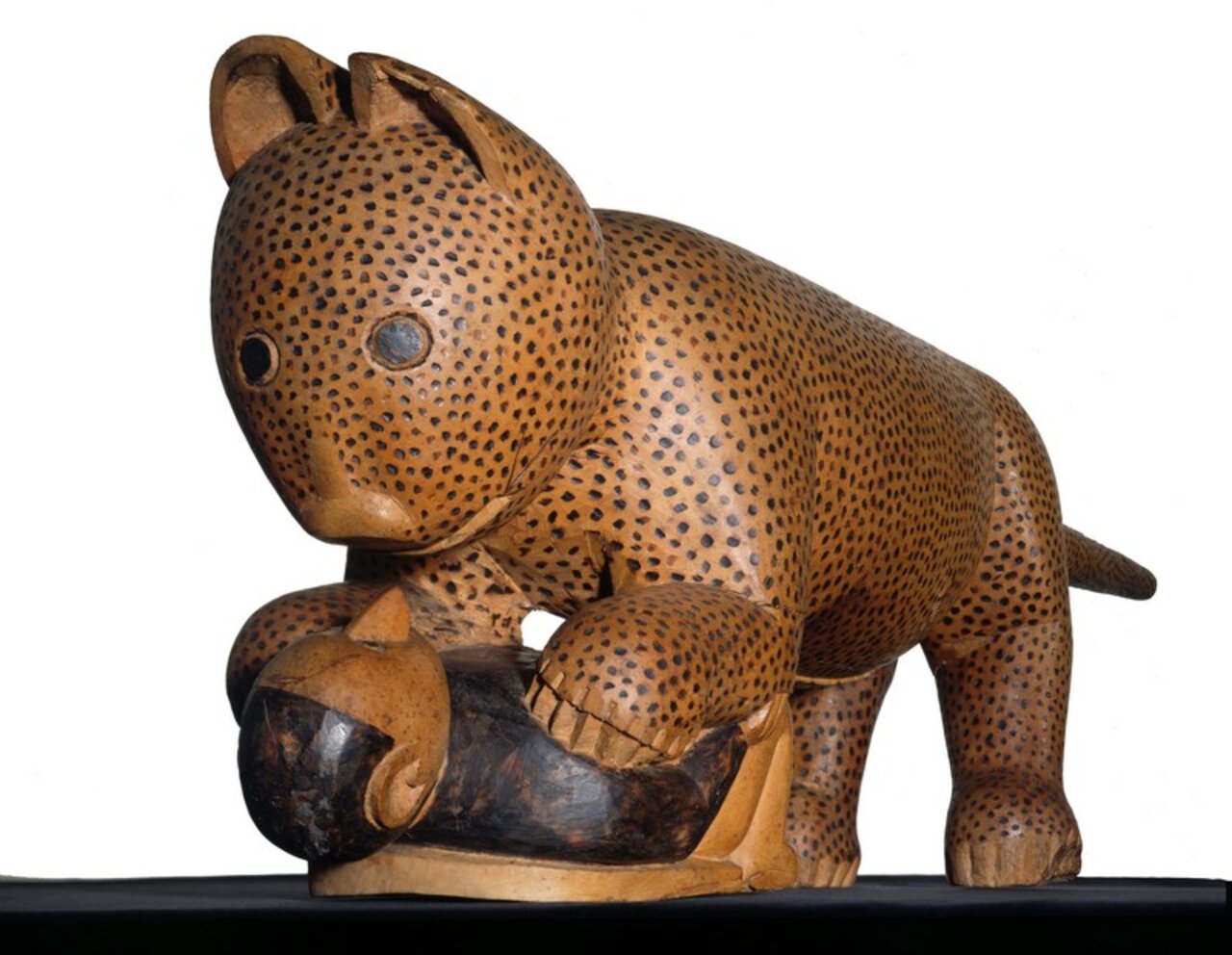The MEN’s collections
Historically, the constitution of the Museum’s collections dates back to the 18th century. The initial gift came in the form of the donation by general Charles Daniel de Meuron of his private natural history museum to the city of Neuchâtel in 1795.
At the beginning of the 20th century, James-Ferdinand de Pury donated his villa to the local council on the condition it would be used to house an ethnographic museum. Thus, the ethnographic collections of the Museum of Neuchâtel were relocated there and the Museum was inaugurated on the 14 July 1904.
To this day, the MEN boasts a wealth of some 50,000 items, with the African collections accounting for about half of these: eastern and South Africa; 1930s Angola; Sahara and Sahel (Tuaregs and Moors); Gabon. The Museum also has Asian, Eskimo and Oceanian collections, non-European musical instruments and items from ancient Egypt. Since 1984, its collection of everyday consumer goods – mass-produced in every part of a globalised world – has grown in importance, so much so it has become one of the museum’s strongest points.

